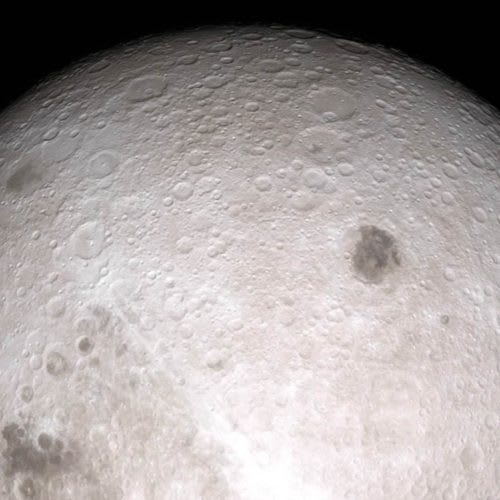Nuclear Power on the Moon: NASA's Vision for Sustainable Lunar Exploration
4 min read

In an ambitious leap forward for space exploration, NASA has announced plans to construct a nuclear reactor on the Moon. This bold initiative is not merely a technical challenge but a strategic move that could redefine humanity's relationship with the lunar surface and beyond. At its core, the mission aims to establish a reliable power source that could support sustained human presence on the Moon, thereby setting the stage for future deep space exploration.
The Role of Nuclear Power in Space Exploration
As we set our sights on long-term extraterrestrial habitation, the necessity for a dependable and potent energy source becomes evident. The harsh and remote conditions of the lunar environment pose significant challenges, including the absence of a continuous power supply. Solar energy, while useful, is limited by the Moon's 14-day night cycle, during which the solar panels receive no sunlight.
Here, nuclear power emerges as a crucial solution. Unlike solar energy, nuclear reactors can provide a constant and robust power supply, unaffected by the lunar day-night cycle. This consistent energy flow is essential for powering life support systems, scientific instruments, communication arrays, and even future lunar bases.
Historical Context: A Legacy of Nuclear Innovation
NASA's consideration of nuclear technology is not a new phenomenon. The use of nuclear power in space dates back to the 1960s with the development of Radioisotope Thermoelectric Generators (RTGs). These generators have powered numerous missions, including the Voyager probes and the Mars rovers. The success of these missions has laid the groundwork for more ambitious applications of nuclear technology in space.
Moreover, the concept of using nuclear power for space exploration is deeply rooted in Cold War-era initiatives. The U.S. and the Soviet Union both explored nuclear propulsion in space as part of their space race strategies. While many of these projects were shelved due to geopolitical changes and safety concerns, the underlying technology has continued to evolve.
The Strategic Imperative for Lunar Nuclear Power
NASA's current lunar nuclear reactor project is part of the Artemis program, which seeks to return humans to the Moon and establish a sustainable presence by the end of this decade. The program envisions the Moon as a stepping stone to Mars, and a nuclear reactor could be a pivotal piece of this strategy. By ensuring a steady power supply, NASA can facilitate extended missions, enhance scientific research, and possibly support industrial activities on the Moon.
This initiative also reflects a broader geopolitical dimension. As China and other nations increase their investments in space exploration, developing advanced technologies such as nuclear reactors becomes a matter of maintaining leadership in space. The ability to harness nuclear power on the Moon could provide NASA and its international partners with a critical advantage in the new space race era.
Legal and Ethical Considerations
The prospect of deploying nuclear technology on the Moon also raises legal and ethical questions. The Outer Space Treaty of 1967, to which the United States is a signatory, stipulates that the Moon and other celestial bodies should be used for peaceful purposes. Proponents argue that nuclear reactors for energy generation align with this principle, as they are intended to facilitate scientific exploration and international collaboration.
However, space law experts stress the importance of ensuring that nuclear activities do not lead to contamination or conflict. Transparent protocols, international agreements, and stringent safety measures must be established to address these concerns and foster global cooperation.
Conclusion: A New Era of Space Exploration
The construction of a nuclear reactor on the Moon could signify the dawn of a new era in space exploration. By securing a reliable energy source, NASA can not only extend human presence on the Moon but also pave the way for future missions to Mars and beyond. This strategic initiative, steeped in historical context and driven by modern-day imperatives, underscores the transformative potential of nuclear power in unlocking the mysteries of our universe.
As we stand on the brink of this exciting venture, the world watches with anticipation, aware that the success of this project could redefine our place in the cosmos.
Source: NASA plans to build a nuclear reactor on the Moon—a space lawyer explains why
